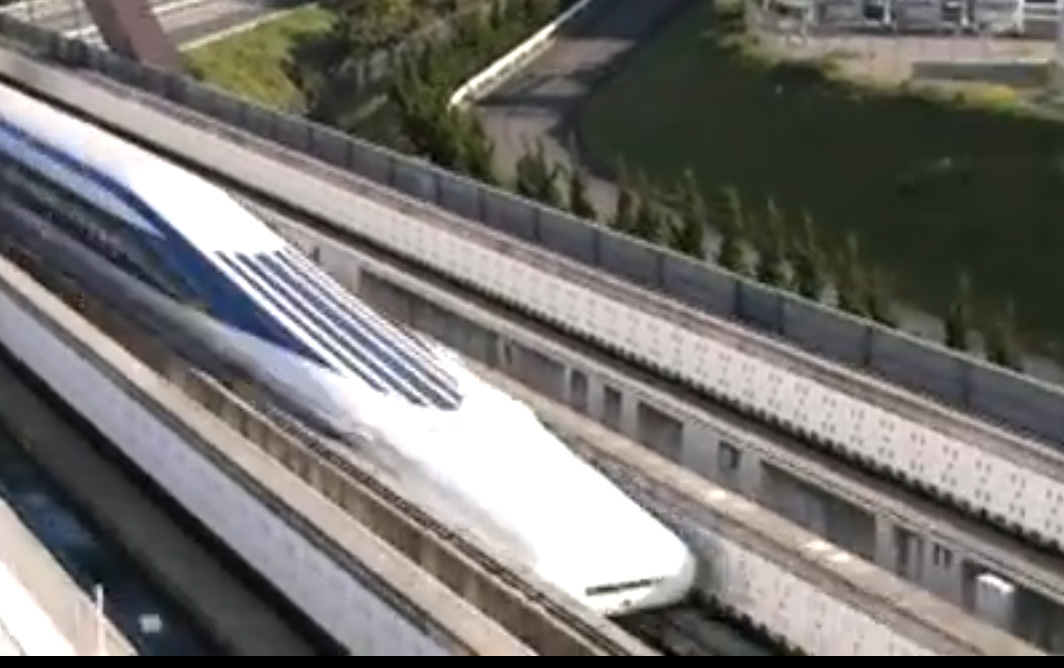At 310 MPH, New Bullet Train Is World's Fastest

Would you ride on a train that floats on air and travels at speeds of 310 mph (500 km/h)?
Japan is betting that millions of its citizens would: The nation has successfully tested its new generation of "L0" trains that use magnetic levitation, or "maglev" technology, to achieve record-breaking speeds.
The L0 trains — the fastest in the world — are on schedule to be ready for passengers in 2027 on the line connecting Tokyo with Nagoya, a trip of about 218 miles (351 kilometers) that will take just 40 minutes instead of the usual 90 minutes, according to The Independent.
Japan inaugurated the era of high-speed bullet trains almost 50 years ago: Their "Shinkansen" trains, which whisked passengers to and from Tokyo at the then-unheard-of speed of 130 mph (209 km/h), were unveiled to international acclaim when Japan hosted the Summer Olympics in 1964.
Maglev trains use powerful magnets to levitate and propel the train's cars, which rely on the principles of magnetic attraction and repulsion to hover above their track without using wheels.
Because a maglev train doesn't come into contact with the track while in motion, the ride is much smoother, acceleration and deceleration are faster, and weather has little effect on the train's operation.
Other high-speed trains, like those in South Korea, in China and throughout Europe, routinely travel at speeds greater than 200 mph (322 km/h).
Sign up for the Live Science daily newsletter now
Get the world’s most fascinating discoveries delivered straight to your inbox.
The fastest train line in the United States, Amtrak's Acela line, can travel at 150 mph (241 km/h), but Acela's average speed is closer to 80 mph (129 km/h) because of local speed limits.
Plans are underway, however, to create high-speed rail lines in California and the Northeast that will travel at speeds of about 220 mph (354 km/h), allowing passengers to zip from New York City to Boston in just 94 minutes.
Follow Marc Lallanilla on Twitter and Google+. Follow us @livescience, Facebook & Google+. Original article on LiveScience.com.











